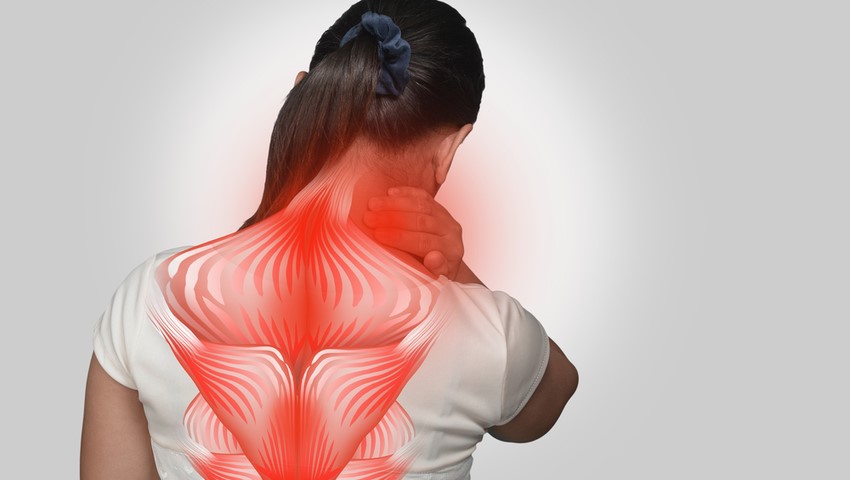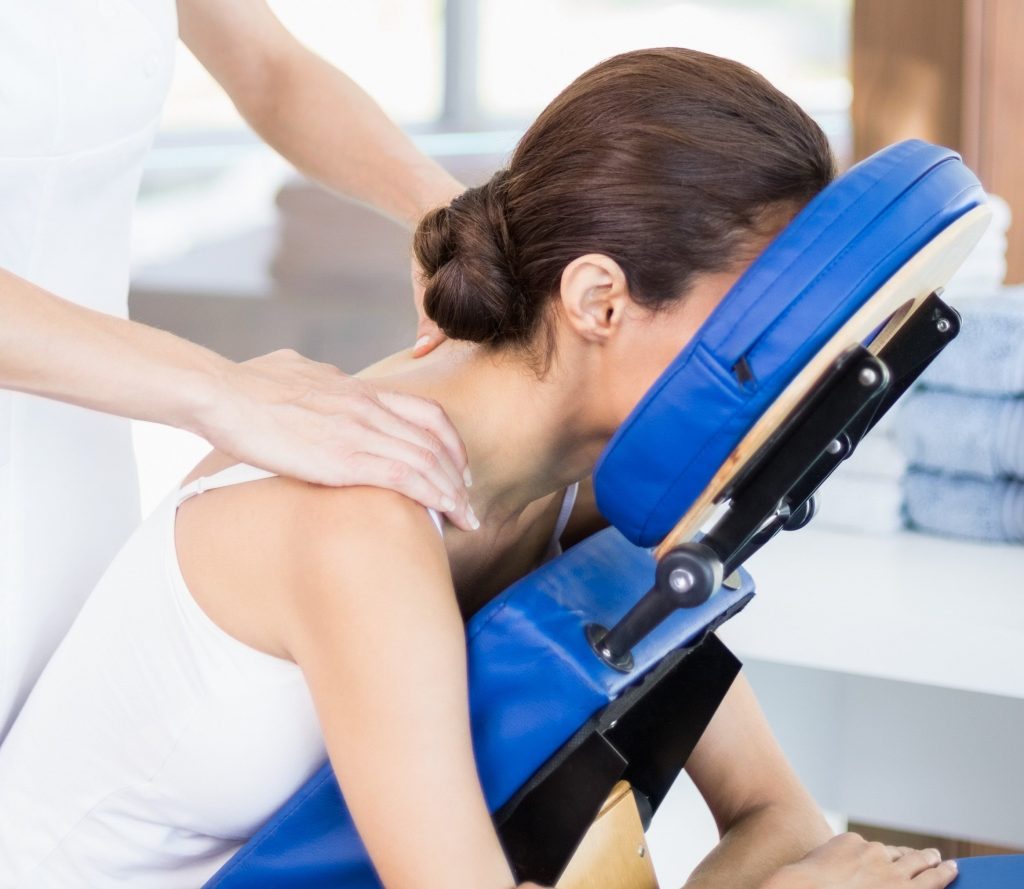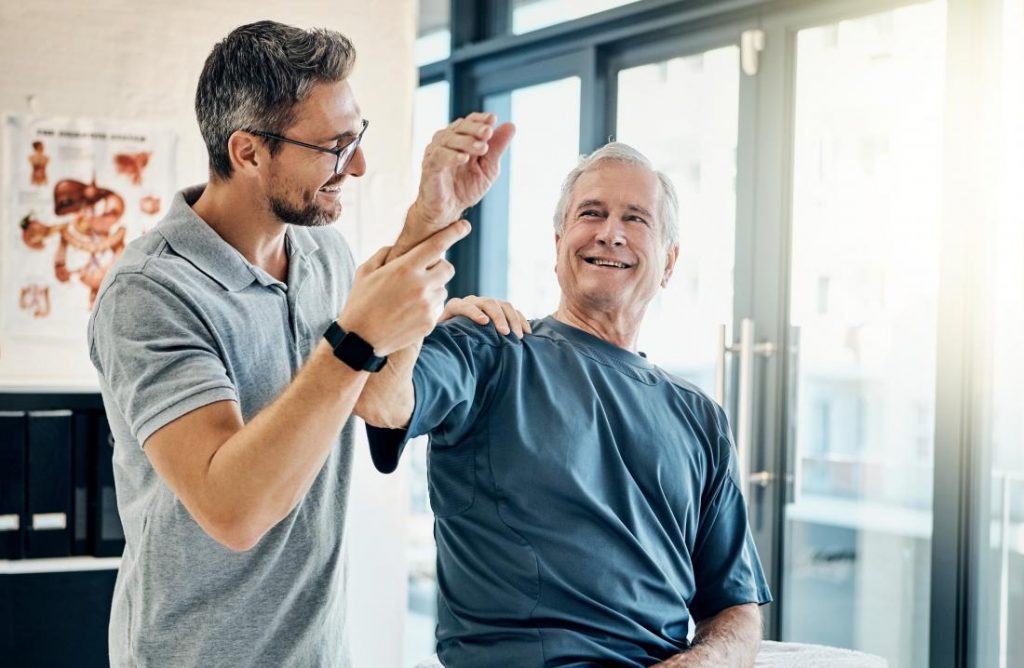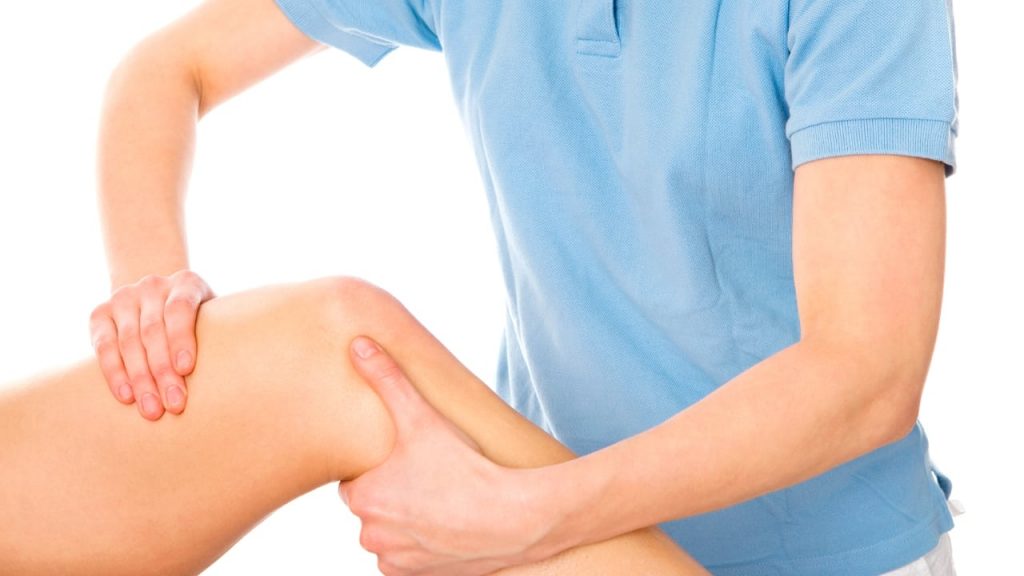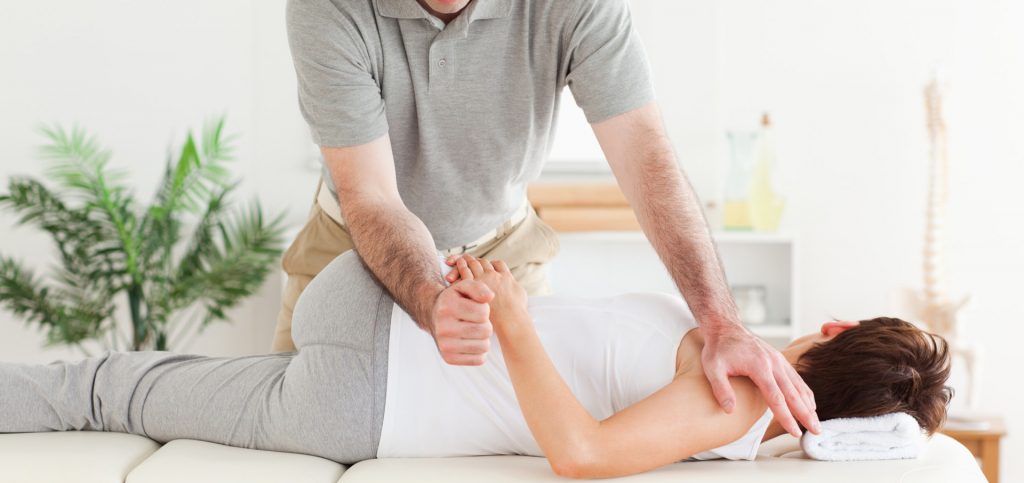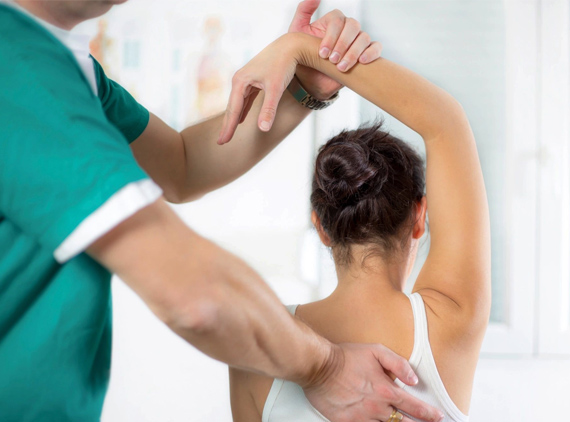Muscle and joint pain affects a large part of the population. The older a person is, the more likely it is that the cause is a systemic disease, most often a disease of the musculoskeletal system.
When you experience so-called bone pain, it is most often muscle and joint pain. In a healthy young person, musculoskeletal pain is usually caused by intense exercise. Muscle and joint pain can also be caused by:
– degenerative disease,
– injuries,
– stress and the resulting involuntary muscle contraction,
– infections, especially influenza and colds,
– overweight and obesity,
– overload.
To relieve muscle and joint pain can help:
1. Regular physical activity
A daily dose of exercise will ensure the fitness of the musculoskeletal system and improve blood circulation. Gymnastics is the best and cheapest method for preventing pain in the musculoskeletal system. It acts not only at the cellular level, but also at the levels of tissues and organs, as it maintains the flexibility of muscles and joints. Exercise regularly – this is a great preparation for greater physical activity and a method of weight loss.
2. Physiotherapy
For joint and muscle pain you can use the following methods:
– Kinesiotaping – used to treat and prevent pain in the musculoskeletal system. Well-glued patches will prevent the appearance of torn muscle after exercise, the muscles of the back will not hurt, and the joints will remain stable.
– Kinesiotherapy – improves the musculoskeletal system in rheumatic diseases (eg exercises on the spine after hospital treatment), is useful for lumbago or hip pain.
– TENS – transcutaneous electrical nerve stimulation. The effect of this is to block pain signals and release endorphins – hormones with strong properties that relieve pain in muscles and joints.
– Manual therapy – covers treatment with touch, including massage – relaxing or stimulating: manual, water or with auxiliary accessories; this is an ideal solution for back pain, post-workout pain or leg muscle pain.
– Cryotherapy, ie what is best for the joints affected by pain: severe cold cures post-traumatic pain, reduces inflammation that occurs in rheumatic or metabolic diseases.
3. Pharmacotherapy
You can use painkillers if the symptoms:
– occur as a result of infection,
– are the result of an inflammatory disease,
– are the result of an injury,
– are so annoying and strong that they limit or even make it impossible to perform daily activities.
4. Relax
Relax under overload and stress. Rest in a passive way, not straining the painful joint (for example, a sore knee) or actively, for example, by walking.
5. Diet
A good diet for joints and muscles is high in antioxidants, vitamins and minerals, as well as fiber and protein. Properly designed menu is crucial for pain caused by arthritis, injuries and pain caused by atrophy or weakening of muscle tissue.
